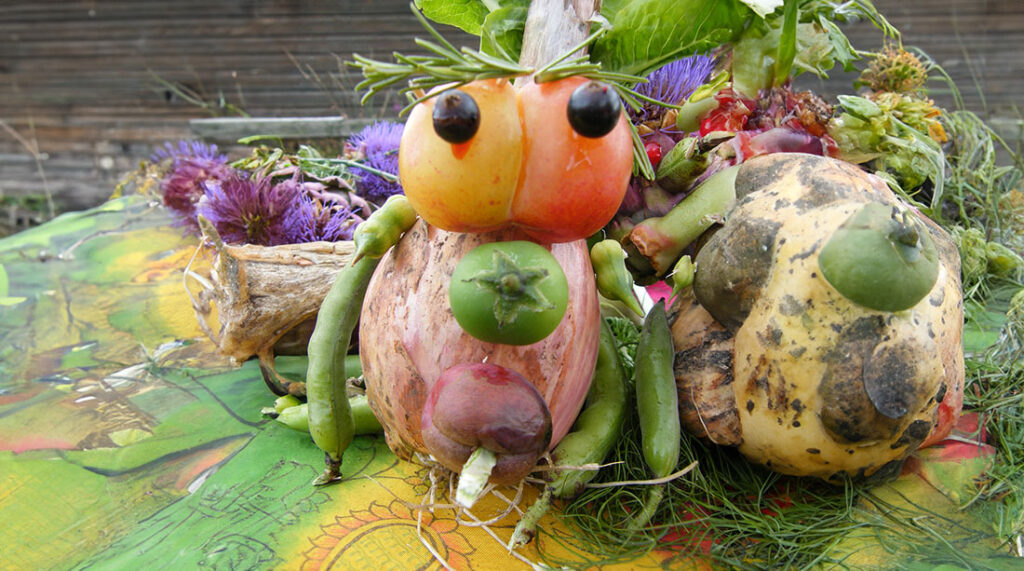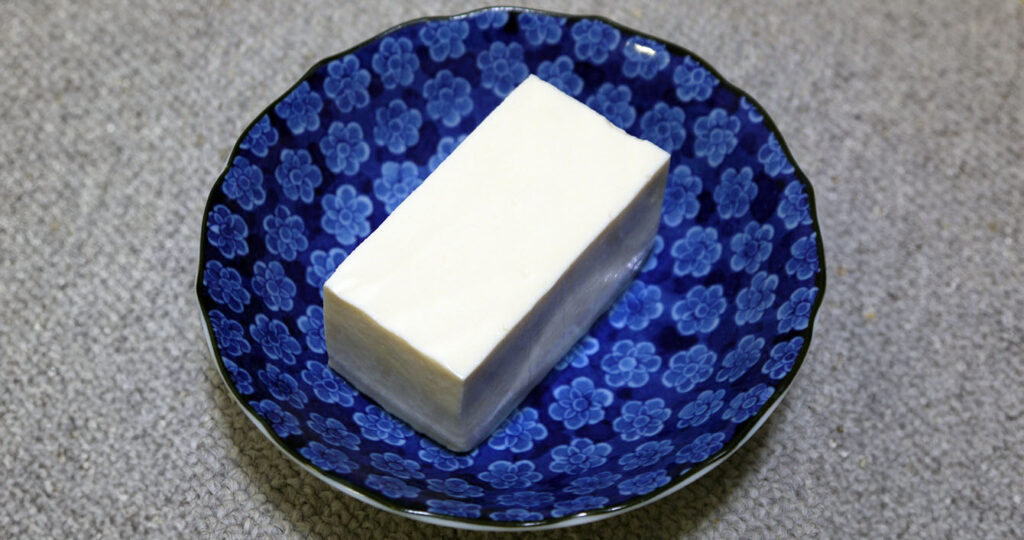Despite the supposed benefits of these nutrient-packed foods, many of us find them to be more punishment than pleasure. Let’s explore the paradox of healthy eating and why so many healthful foods seem to be devoid of flavor, using real examples to illustrate this culinary conundrum.

The Kale Conundrum
Let’s start with kale, the poster child of healthy eating. This leafy green is hailed as a superfood, packed with vitamins A, C, and K, not to mention fiber and antioxidants. But bite into a raw kale leaf, and you might feel like you’re chewing on cardboard. Even cooked, it often retains a bitter, tough quality that makes it hard to swallow.
“Kale is like that friend who’s really good for you but incredibly hard to get along with,” says nutritionist Jane Doe. “You know it’s beneficial, but you just don’t enjoy spending time with it.” No matter how many spices, oils, or dressings you throw at it, kale stubbornly remains unappetizing for many.

The Quinoa Quandary
Quinoa is another health food darling that often disappoints in the flavor department. This ancient grain is praised for its high protein content and all nine essential amino acids, making it a fantastic meat alternative. Yet, on its own, quinoa tastes like nothing. Bland, slightly bitter, and with a texture that can be off-putting, it’s no wonder quinoa often ends up as a reluctant addition to our meals rather than a star.
“Quinoa needs a lot of help,” admits chef Mark Sanders. “Without seasoning and the right mix of ingredients, it’s like eating tiny, chewy bits of sawdust. You have to get creative to make it palatable.” Indeed, quinoa often requires a culinary makeover, involving copious amounts of spices, herbs, and dressings to make it remotely enjoyable.

The Sad Saga of Tofu
Tofu is another staple of healthy diets, particularly for those avoiding meat. It’s a versatile protein source that’s low in calories and fat. Yet, tofu in its natural state is about as exciting as a wet sponge. It has a bland, somewhat mushy texture that does little to excite the taste buds.
“Tofu is the ultimate blank canvas,” says vegan cookbook author Lisa Green. “But that’s the problem. It’s so blank that without the right seasoning and preparation, it can be incredibly dull.” Tofu’s saving grace is its ability to absorb flavors, but this often means drowning it in marinades, sauces, and spices—ironic for a food touted for its health benefits.
The Chia Seed Challenge
Chia seeds are another healthy food that promises a lot but delivers little in the way of flavor. These tiny seeds are rich in omega-3 fatty acids, fiber, and protein, making them a favorite among health enthusiasts. However, their taste—or lack thereof—is a significant hurdle.
When mixed with liquid, chia seeds form a gel-like consistency that’s often compared to tapioca pudding. But unlike tapioca, chia seeds have a subtle, earthy taste that’s far from delicious. “Chia pudding is an acquired taste,” admits dietitian Emma Stone. “It’s more about the texture than the flavor, which can be a turn-off for many people.”
The Bitter Truth About Healthy Snacks
Healthy snacks often fare no better. Rice cakes, for instance, are touted as a low-calorie snack option, but their texture and taste leave much to be desired. “Eating a rice cake is like eating air with a hint of cardboard,” jokes comedian Tom Smith. And don’t get us started on kale chips, which often end up being more brittle and bitter than crunchy and satisfying.
Even fruits and vegetables, the cornerstone of any healthy diet, can be hit or miss. While a perfectly ripe peach or crisp apple can be a delight, other options like Brussels sprouts or bitter greens are a tougher sell. “Brussels sprouts are one of those vegetables you either love or hate,” says food blogger Rachel Kim. “And let’s be honest, most people fall into the hate category.”
The Suffering for Health
Why do we put ourselves through this culinary misery? The answer lies in the benefits these foods promise. Improved health, weight loss, and disease prevention are powerful motivators. “Healthy foods are often nutrient-dense, meaning they pack a lot of vitamins, minerals, and other beneficial compounds into each bite,” explains Dr. John Rogers. “But the downside is that these same compounds can also contribute to the bitter or bland taste.”
Our ancestors didn’t have to deal with this problem. They ate what was available, and their taste preferences were shaped by necessity. Today, we have the luxury of choice, but this also means we’re constantly bombarded with hyper-palatable, processed foods that make natural, healthy options seem dull by comparison.
The Science of Taste
Part of the problem lies in our taste buds. Humans are wired to crave sweet, salty, and fatty flavors because these tastes signal energy-dense foods that were crucial for survival. Bitter and sour flavors, on the other hand, often indicate toxins or spoilage, leading to an instinctive aversion. This biological wiring makes it difficult to appreciate the taste of many healthy foods, which tend to be less sweet and more bitter.
However, taste is also highly adaptable. With time and exposure, we can learn to appreciate and even enjoy flavors that initially seemed unpleasant. “It’s possible to retrain your palate,” says nutritionist Amanda White. “The more you eat healthy foods, the more you start to enjoy them. It’s just a matter of persistence.”
Finding Balance
So, what’s the solution? Should we resign ourselves to a lifetime of flavorless meals in the name of health? Not necessarily. The key lies in balance and preparation. Healthy foods can be delicious with the right approach. Spices, herbs, and cooking techniques can transform bland ingredients into tasty dishes.
“Healthy eating doesn’t have to be boring,” insists chef Sarah Johnson. “It’s all about finding ways to make nutritious foods enjoyable. Experiment with different flavors, try new recipes, and don’t be afraid to add a bit of indulgence now and then.”
Conclusion: The Taste of Health
Healthy food often gets a bad rap for its lack of flavor, but it doesn’t have to be that way. While it’s true that many nutrient-dense foods can be bitter or bland, with the right preparation and a bit of culinary creativity, they can become enjoyable parts of our diet. So, next time you’re faced with a plate of kale or a bowl of quinoa, remember that it’s not the food’s fault—it just needs a little help to shine.
In the end, the benefits of healthy eating far outweigh the initial taste challenges. By embracing the flavors of whole, natural foods and finding ways to make them delicious, we can enjoy both the taste and the benefits of a healthy diet. And who knows? You might even start to crave that kale smoothie. Well, maybe.











